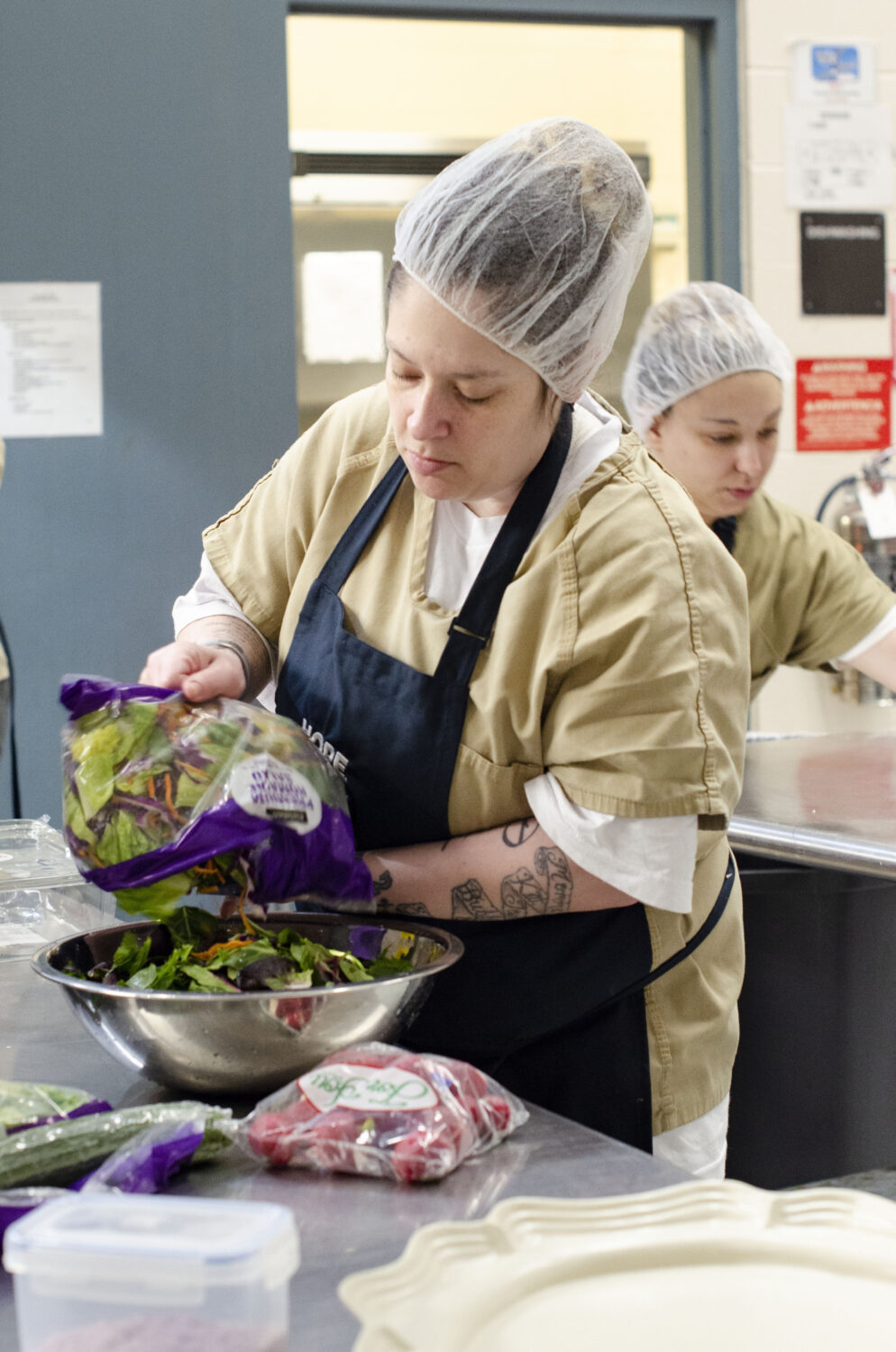Hope 2 Hire Blog / March 31, 2023
Career trajectory: culinary arts
What makes up the culinary arts? It includes everything from food preparation and cooking to plating and service. When you think of the culinary industry, typically cooks and chefs come to mind. The future for this industry is looking bright, and it’s easier than you think to get your foot in the door.
Cooks
The outlook for making a career as a cook is great. From 2021 to 2031, the Bureau of Labor Statistics predicts that the profession will grow 16% — which they report is a faster growth average than all other professions. Cooks can also work in a variety of places. They aren’t just found in restaurants and fast food establishments, but they are also found in places like schools and hospitals. In fact, in addition to restaurants, the Bureau of Labor Statistics also found that the healthcare and social assistance industry as well as the education industry are the top employers for cooks.
While some cooks attend culinary schools, on-the-job training is how most people typically learn the profession. Most employers do prefer applicants with a high school diploma, or something similar — like passing the HiSET. If you’re new to the culinary world, you’ll most likely start by learning basic kitchen skills and safety, then work your way up to handling and cooking food. The current average pay for cooks is $14 an hour.
What are some of the skills you need to be a cook? One would be the ability to pay attention to detail. You need to be able to listen carefully to your supervisors and follow the recipes in order to correctly prep and assemble dishes. You also need to be able to be on your feet for long periods of time. Whether it’s standing at a prep station, cooking over a stove or cleaning up, your feet will be one of your greatest assets.
Chefs and head cooks
Chefs and head cooks typically oversee food preparation and manage and direct the kitchen staff. When it comes to growth in the profession, it’s not far behind that of cooks. The Bureau of Labor Statistics predicts that chefs and head cooks are expected to grow by 15% from 2021 to 2031. Again, this is a higher growth average than other professions.
Like cooks, chefs and head cooks can also attend culinary school, but it’s not a requirement. A high school diploma or something equivalent can get you in the door. When it comes to on-the-job training, chefs and head cooks typically learn the same skills that are taught in formal educational settings. You would most likely start as a line cook and work your way up the chain of command.
You need strong communication skills to be a chef or head cook. You would basically be in charge of running the kitchen, so you need to be able to clearly communicate to your staff what they need to be doing in order to get the dishes out of the kitchen and prepared correctly. Communication also goes hand-in-hand with leadership skills. You need to be able to take control, delegate and make sure the kitchen is running efficiently. Like cooks, you’ll also be spending a lot of time on your feet, so you need to have the stamina to get the job done.
The future of the culinary industry is looking bright, and there is plenty of room for someone thinking about entering the profession to do so. Hope2Hire helps people in prison with a passion for the culinary arts learn critical industry skills and provides hands-on training to learn the technical skills students need to be successful in a professional kitchen.
← All Blog Archives
